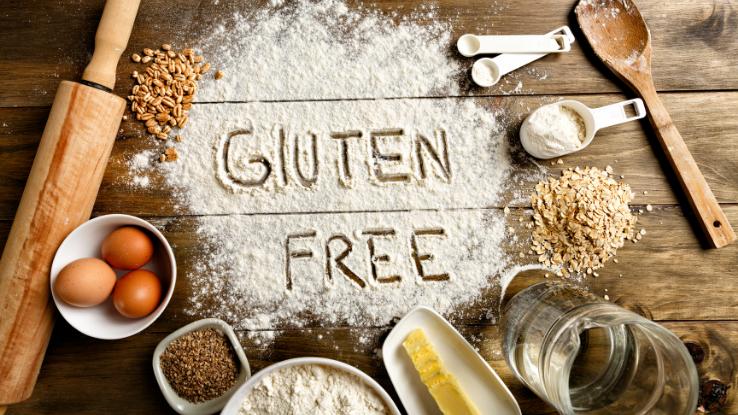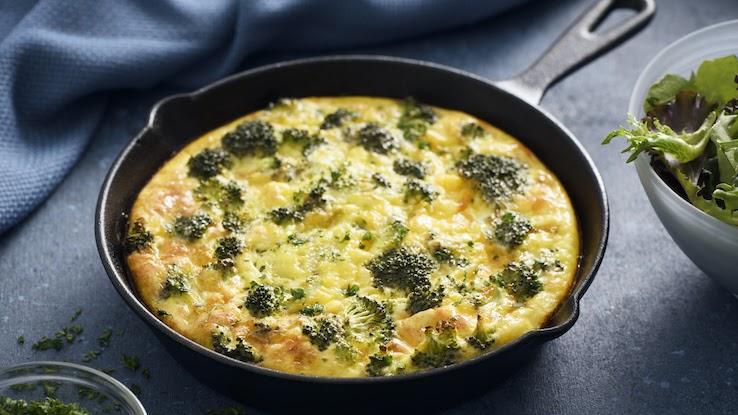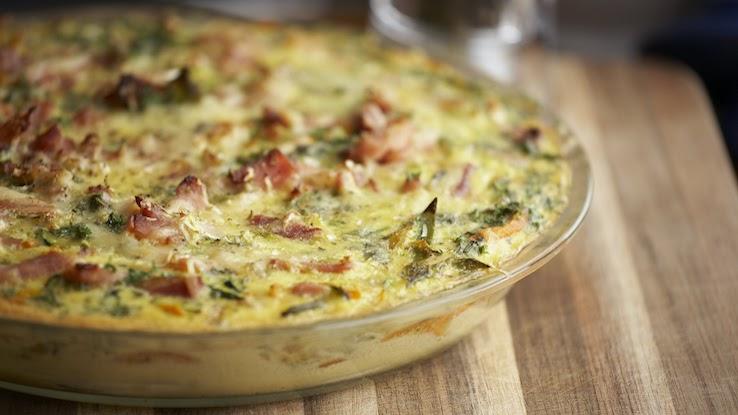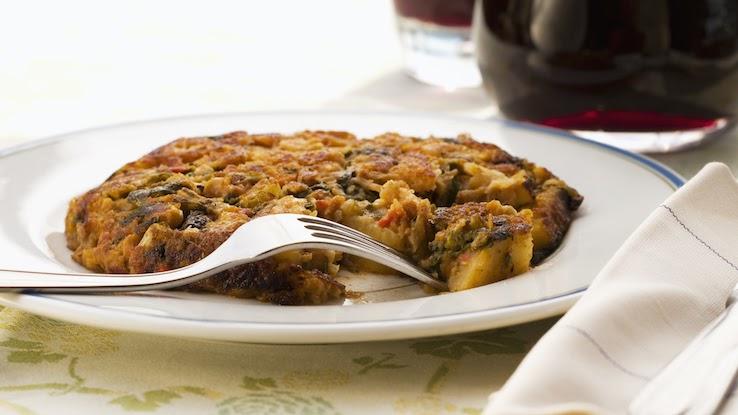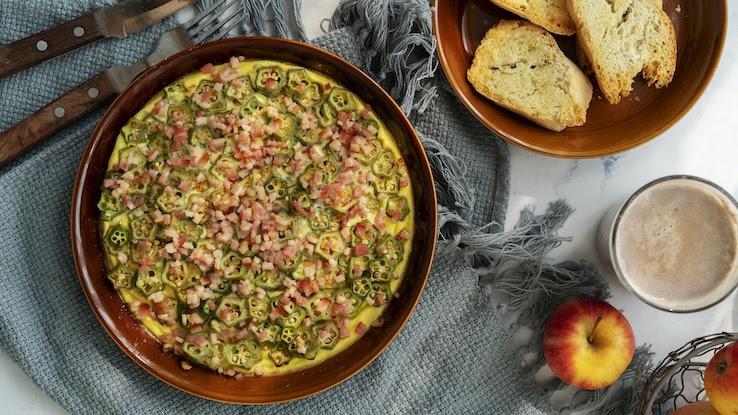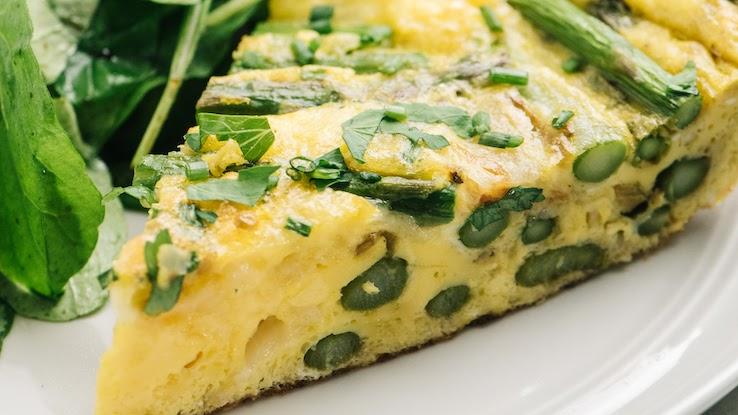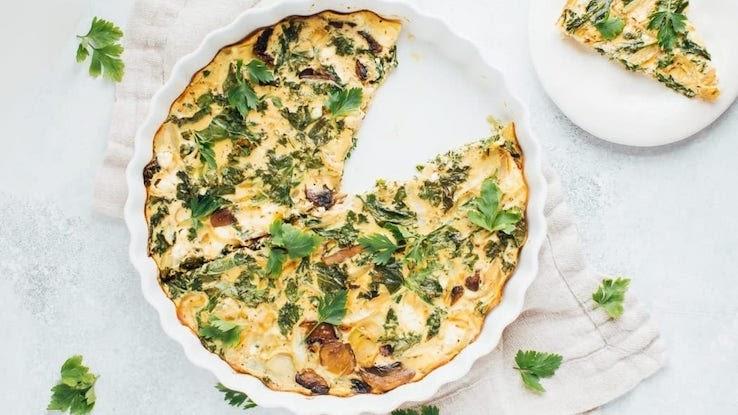Optimum Fiber Low Carb Diet
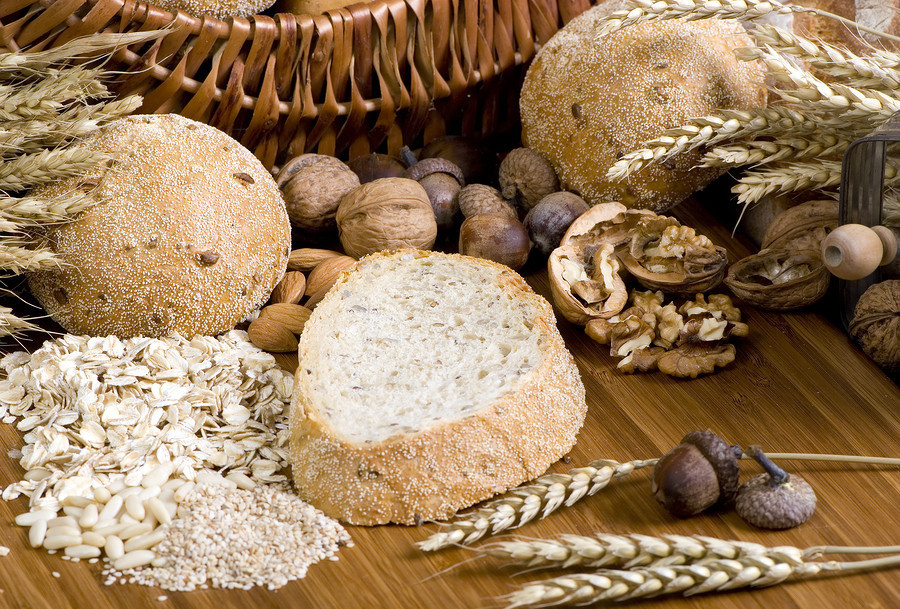
You probably know the basics about fiber: it's the part of plant foods that your body cannot digest, and there are two types — soluble fiber and insoluble fiber. Both types of fiber are good for us.
Soluble fiber dissolves in water, forming a gel. It is the form of fiber that helps lower cholesterol levels, reduce the risk of heart disease, and regulate blood sugar levels. Soluble fiber is found in black beans, lima beans, Brussels sprouts, avocado, sweet potato, broccoli, turnips, and pears.
Insoluble fiber passes through the digestive system relatively intact, adding bulk to stools. It is the form of fiber that prevents constipation and regulates bowel movements, removing waste from the body in a timely manner. Insoluble fibers are found in whole wheat flour, wheat bran, cauliflower, green beans, and potatoes.
Despite these health benefits, most Americans get less than half the suggested amounts of daily fiber. The popularity of very-low-carbohydrate diets like the ketogenic or "keto" diet, the Atkins diet, and the Whole 30 diet, which may unintentionally decrease fiber consumption, hasn't helped matters.
It may be time to give fiber another look.
New evidence confirms protective effect of fiber
A new analysis of almost 250 studies confirmed on a large scale that eating lots of fiber from vegetables, fruits, and whole grains can decrease your risk of dying from heart disease and cancer. Those who ate the most fiber reduced their risk of dying from cardiac disease, stroke, type 2 diabetes, and/or colon cancer by 16% to 24%, compared to people who ate very little fiber. The study also concluded that more fiber is better. For every additional 8 grams of dietary fiber a person consumed, the risk for each of the diseases fell by another 5% to 27%. Risk reductions were greatest when daily intake of dietary fiber was between 25 and 29 grams.
Two observational studies showed that dietary fiber intake is also associated with a decreased risk of death from any cause. Those eating the highest amount of fiber reduced their risk of dying by 23% compared to those eating the least amount of fiber. In these studies, the associations were more evident for fiber from cereals and vegetables than from fruit.
Weight control is another benefit of high-fiber diets. By helping you feel full longer after a meal or snack, high-fiber whole grains can help you eat less. In one large study, adults who ate several servings of whole grains a day were less likely to have gained weight, or gained less weight, than those who rarely ate whole grains.
Fiber: how much is enough?
On average, American adults eat 10 to 15 grams of total fiber per day, while the USDA's recommended daily amount for adults up to age 50 is 25 grams for women and 38 grams for men. Women and men older than 50 should have 21 and 30 daily grams, respectively.
In general, it's better to get your fiber from whole foods than from fiber supplements. Fiber supplements such as Metamucil, Citrucel, and Benefiber don't provide the different types of fiber, vitamins, minerals, and other beneficial nutrients that whole foods do.
When reading a food label, choose foods that contain more fiber. As a rule of thumb, choose cereals with 6 or more grams of fiber per serving, breads and crackers with 3 or more grams per serving, and pasta with 4 or more grams per serving. Another strategy is to make sure that a whole-grain food has at least 1 gram of fiber for every 10 grams of carbohydrate. If you look for a 1:5 ratio, that is even better.
Ignore the marketing on front of the package labels. Just because a bread is labeled "multigrain" or "12 grain" does not mean it is a whole grain. The grains could be refined and the bread may be low in fiber. When you look at the ingredient list, make sure "whole" is the first ingredient.
Easy ways to get more fiber in your diet
Here are some strategies to increase fiber in your diet:
- Start your day with a bowl of high-fiber cereal.
- Add vegetables, dried beans, and peas to soups.
- Add nuts, seeds, and fruit to plain yogurt.
- Make a vegetarian chili filled with different types of beans and vegetables.
- Add berries, nuts, and seeds to salads.
- Try snacking on vegetables such as cauliflower, broccoli, carrots, and green beans. Serve them with a healthy dip such as hummus or a fresh salsa.
- Eat more whole, natural foods and fewer processed foods.
A few important tips as you increase your fiber:
- Do so gradually to give your gastrointestinal tract time to adapt.
- Increase your water intake as you increase fiber.
- If you have any digestive problems, such as constipation, check with your physician before dramatically increasing your fiber consumption.
Take a positive approach to eating more high-fiber foods. Beyond reducing risk of chronic disease, eating a variety of whole foods that contain good sources of fiber can be an easy and enjoyable way to keep you fuller longer and help control your weight. Fiber can expand your horizons with different tastes and textures, and can be a bonus to your health.
As a service to our readers, Harvard Health Publishing provides access to our library of archived content. Please note the date of last review or update on all articles. No content on this site, regardless of date, should ever be used as a substitute for direct medical advice from your doctor or other qualified clinician.
Commenting has been closed for this post.
Source: https://www.health.harvard.edu/blog/should-i-be-eating-more-fiber-2019022115927

